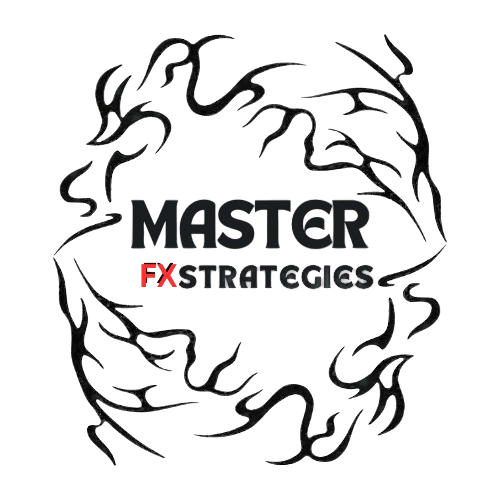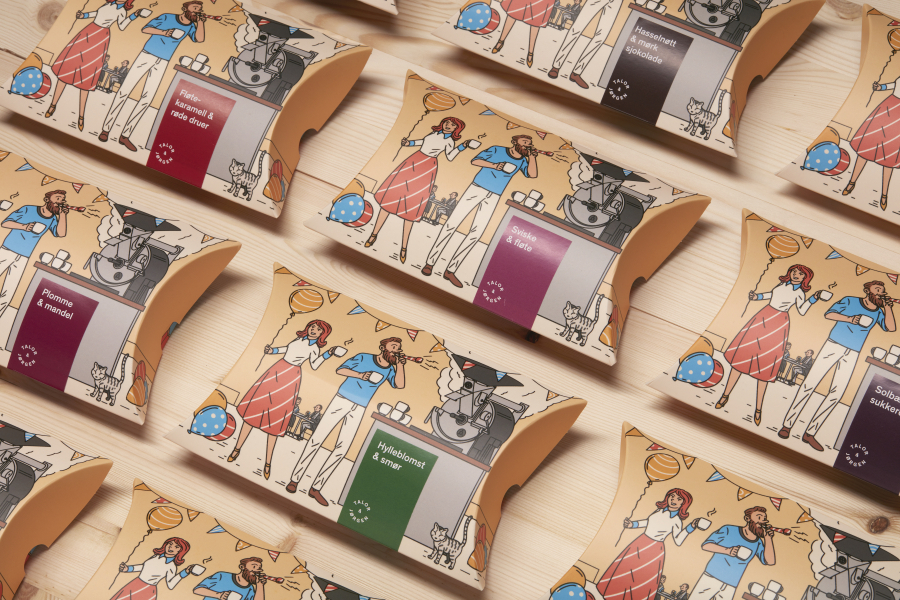Boxed packaged goods have become a fundamental part of retail and consumer experience. Whether it’s the box holding your morning cereal or the packaging around a new smartphone, boxed packaging serves multiple vital purposes. This article dives deep into the world of boxed packaged goods, highlighting their functions, materials, design principles, industry applications, and future trends shaping this critical segment of product packaging.
What Are Boxed Packaged Goods?
Boxed packaged goods refer to products that are enclosed within boxes, typically made from paper-based materials such as cardboard, corrugated fiberboard, or paperboard. These boxes protect the product, facilitate transportation, provide shelf appeal, and convey important information.
Boxed packaging offers a sturdy container that helps protect the item from damage, contamination, and environmental factors while enabling brands to engage customers through design and messaging.
Key Functions of Boxed Packaged Goods
1. Product Protection
One of the primary roles of boxed packaging is to safeguard the product during handling, shipping, and storage. Strong boxes can protect fragile or sensitive products from impacts, moisture, dust, and temperature variations.
2. Marketing and Brand Communication
Packaging is the “silent salesman” — it influences buying decisions by communicating brand identity, product benefits, and quality. A well-designed box with compelling visuals and messaging attracts attention and builds trust.
3. Information Delivery
Boxes provide a surface to display vital information such as ingredients, instructions, warnings, certifications, and barcodes, which help consumers make informed purchases.
4. Convenience and Functionality
Boxes can be designed for easy opening, resealing, and transport, adding to user convenience. Features like handles, tear strips, or window panels improve usability.
5. Environmental Responsibility
Sustainable packaging practices are increasingly important, with many brands shifting to recyclable, biodegradable, or compostable boxed materials.

Materials Used in Boxed Packaged Goods
Cardboard
A lightweight yet durable material often used for packaging cereals, cosmetics, and pharmaceuticals. It’s recyclable and easy to print on.
Corrugated Fiberboard
Known for its strength and cushioning properties, it consists of a fluted sheet sandwiched between liners, ideal for shipping heavier or delicate items.
Paperboard
Thinner than corrugated fiberboard and used for packaging light products like frozen food, confectionery, and medicines.
Plastic-Laminated Boxes
Sometimes used for moisture resistance or durability, especially in food packaging.
Design Aspects of Boxed Packaging
Structural Design
Boxes must fit the product securely to prevent damage. Custom inserts and partitions are often used to protect multiple components.
Visual Appeal
Colors, graphics, typography, and finishes (matte, glossy, embossed) contribute to shelf impact and brand storytelling.
Functionality
User-friendly elements such as easy-open features, resealable flaps, and carrying handles enhance the consumer experience.
Compliance and Labeling
Boxes must comply with legal requirements for information and safety standards, especially in food, pharma, and hazardous goods.
Industry Applications of Boxed Packaged Goods
Food and Beverage
Cereals, snacks, frozen foods, and beverages use boxes to protect freshness and provide nutrition and ingredient information.
Electronics
Packaging for electronics often includes strong boxes with foam inserts to protect fragile components.
Pharmaceuticals
Medicines require hygienic, tamper-evident boxed packaging that provides dosage and safety information.
Cosmetics and Personal Care
Boxes help position products as premium items, often featuring elegant designs and finishes.
Toys and Games
Colorful and informative boxes appeal to children and parents, often including safety warnings.
Trends Shaping the Future of Boxed Packaged Goods
Sustainable Packaging
Consumers demand eco-friendly packaging, driving innovation in recyclable and compostable materials and minimal waste designs.
Smart Packaging
Interactive packaging with QR codes, NFC tags, or AR features offers enhanced consumer engagement and product information.
Minimalist and Transparent Design
Simple, clean designs emphasize transparency and authenticity, resonating with modern consumers.
Personalization
Custom and limited-edition packaging strengthens brand loyalty and connects with customers emotionally.
Advantages of Boxed Packaged Goods
- Protection: Reduces product damage and waste.
- Branding: Differentiates products on shelves.
- User Experience: Improves ease of use and convenience.
- Regulatory Compliance: Meets safety and legal standards.
- Environmental Impact: Sustainable designs reduce ecological footprint.
Challenges in Boxed Packaging
- Cost: Premium packaging may increase expenses.
- Waste Management: Packaging waste remains a concern.
- Supply Chain: Material sourcing and regulatory compliance can be complex.
- Balancing Design and Sustainability: Achieving both aesthetic appeal and eco-friendliness requires innovation.
Conclusion
Boxed packaged goods are a vital element of product marketing and protection. They do much more than contain products — they communicate brand values, inform consumers, and contribute to sustainability goals. The packaging industry continues to innovate, embracing technology and eco-friendly solutions to meet evolving consumer expectations and regulatory requirements.
FAQs About Boxed Packaged Goods
Q1: What are boxed packaged goods?
Products enclosed in boxes made from cardboard, corrugated fiberboard, or paperboard for protection and presentation.
Q2: Why is boxed packaging important?
It protects the product, helps with branding, provides information, and enhances convenience.
Q3: Are boxed packages recyclable?
Yes, most cardboard and paperboard boxes are recyclable; however, plastic coatings may complicate recycling.
Q4: Can boxed packaging be customized?
Yes, packaging can be tailored in size, shape, color, and design to fit brand needs.
Q5: What materials are commonly used?
Cardboard, corrugated fiberboard, paperboard, and sometimes plastic laminates.
Q6: How does boxed packaging benefit consumers?
It protects products, provides information, and is often easy to handle and store.
Q7: What sustainability trends affect boxed packaging?
Use of recycled materials, compostable options, and minimal packaging designs.
Q8: Which industries use boxed packaged goods?
Food and beverage, electronics, pharmaceuticals, cosmetics, toys, and many others.
Q9: What challenges do manufacturers face?
Balancing cost, environmental impact, consumer preferences, and regulations.
Q10: How is technology used in packaging?
Through QR codes, NFC, augmented reality, and smart labels to engage consumers.
More info: masterfxstrategies

